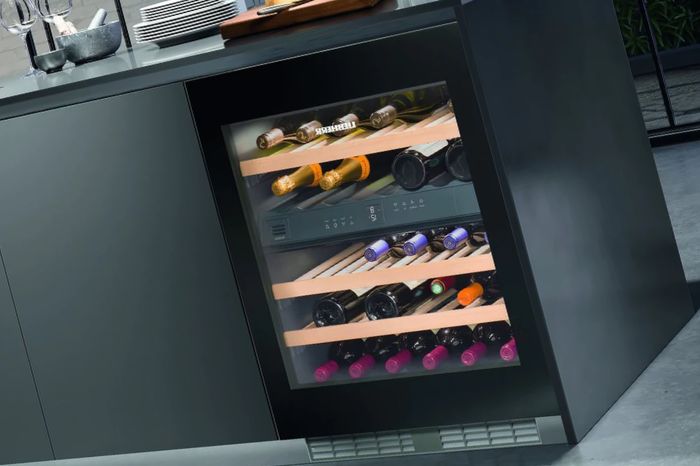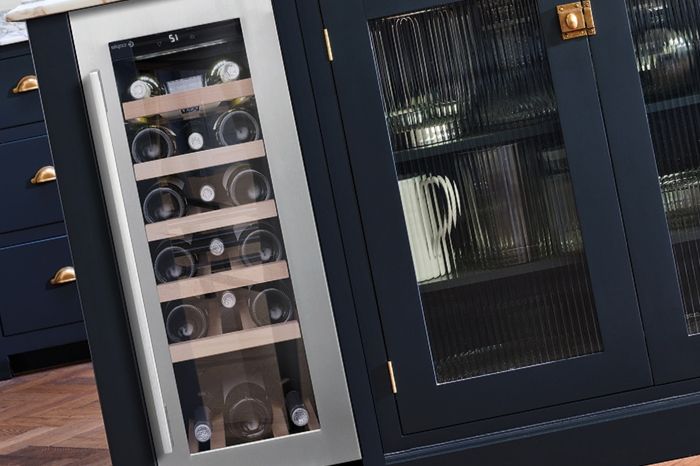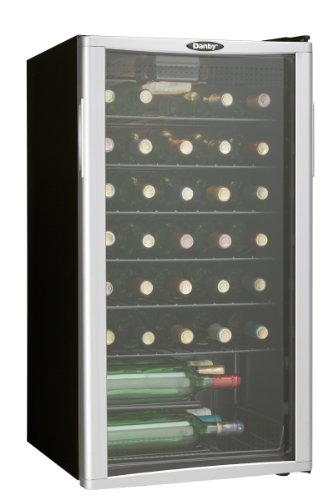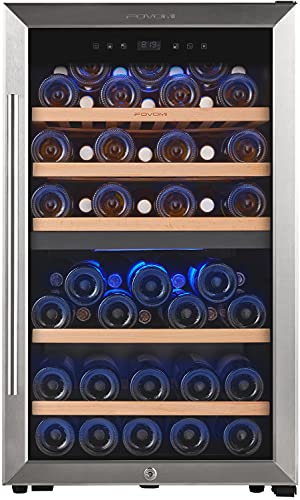Does a Wine Cooler Need Ventilation?
When it comes to preserving and aging wine, a wine cooler is an essential appliance for every wine enthusiast. It provides a controlled environment where wine bottles can be stored at ideal temperatures and protected from harmful light and vibrations. However, one critical aspect that many people overlook is the need for ventilation. Many wine enthusiasts believe that proper ventilation is vital for preserving their collection of fine wines, yet it’s easy to find yourself at an impasse when trying to decide whether these claims are actually valid.
In this article, we will address the question, “Does a wine cooler need ventilation?” by exploring the importance of wine cooler ventilation, the types of ventilation required, and how to tell if your wine cooler needs additional ventilation.
Read on to learn more and discover what experts have to say about keeping your collection in perfect condition.
What is Wine Cooler Ventilation and Why Do You Need It for Your Appliance?
Ventilation refers to the flow of air in and out of a wine cooler. It is an essential element that ensures that the cooler operates efficiently and maintains the proper temperature and humidity levels inside. Proper ventilation is vital because keeping wine bottles in an enclosed space without any airflow can cause temperature imbalances that can negatively impact the aging process of wine. An inadequate amount of ventilation can lead to warm spots or pockets of stagnant air that compromise the quality and taste of your wine.
Moreover, a lack of ventilation can cause the compressor to work overtime, leading to increased energy consumption and noise levels. It can also cause the cooler’s internal components to malfunction, leading to costly repairs or even total breakdowns. Hence, adequate ventilation is essential for the longevity and efficient operation of your wine cooler.
Do All Wine Coolers Require Ventilation and What are the Benefits of Having One?
Yes, all wine coolers require ventilation, regardless of their size, capacity, or brand. Adequate ventilation is vital for maintaining the proper temperature and moisture levels inside the wine cooler. Moreover, having proper ventilation helps prevent mold and bacteria growth, which can affect the quality and safety of your wine. Here are some benefits of having a well-ventilated wine cooler:
Accurate Temperature Control: Adequate ventilation helps the cooler maintain accurate temperature control, ensuring that your wine stays at optimal temperatures for aging and preservation.
Energy Conservation: Proper ventilation reduces the workload of the cooler’s compressor, which lowers energy consumption, reduces running costs, and prolongs the cooler’s lifespan.
Reduced Vibrations: Well-ventilated wine coolers experience reduced vibrations, which minimize the disturbance of sediment in the wine bottles, leading to healthier wine maturation and better-tasting wine.
Enhanced Safety: With adequate ventilation, wine coolers remain free of mould and bacteria, which reduces the risk of contamination and makes it safe to store your wine for extended periods.
What Kind of Ventilation is Required for a Wine Cooler?
Two types of ventilation are required for a wine cooler: Rear Ventilation and Front Ventilation.
Rear Ventilation refers to the airflow at the back of the cooler, which releases hot air generated by the internal components of the cooler. The compressor and condenser are the primary sources of heat in a wine cooler, and they need space to release hot air. Rear ventilation allows the cooler to release hot air and prevent heat buildup, which can affect the cooler’s performance.
Front Ventilation refers to the airflow at the front of the cooler, which allows cool air to enter the cabinet. The cooler’s evaporator cools the air inside the cooler, and the cooled air is circulated inside the cabinet through front ventilation. Front ventilation allows cool air to enter the cabinet and maintain the proper temperature and humidity levels inside.
How to Tell if Your Wine Cooler is in Need of Additional Ventilation
Wine lovers often invest in wine coolers to ensure that their favorite vintages are kept at the perfect temperature. However, even the highest quality wine cooler can become inefficient if it lacks proper ventilation. The build-up of hot air inside the cooler can cause the temperature to rise, jeopardizing the quality of your wine. To ensure that your wine cooler is operating at optimal efficiency, it is essential to monitor it for signs of inadequate ventilation.
The Cooler is Warm: If you notice that your wine cooler is warm, despite setting the temperature correctly, it could be an indication of inadequate ventilation. Hot air buildup inside the cooler can cause the internal temperature to rise, which can affect the quality of your wine.
The Cooler is Noisy: If your wine cooler is making more noise than usual, it could be an indication that the cooler’s compressor is working harder than necessary to keep the air inside the cabinet cool. Inadequate ventilation can cause the compressor to work overtime and generate more noise, leading to increased running costs.
Condensation Buildup: If you notice condensation buildup in your wine cooler, it could be a sign of poor ventilation. Condensation occurs when the amount of moisture inside the wine cooler exceeds its capacity, and the excess moisture settles on the cooler’s inner walls. Inadequate ventilation can cause the buildup of moisture inside the cooler, leading to condensation.
It is essential to ensure that your wine cooler has sufficient ventilation to maintain its optimal performance. Monitoring the temperature, noise levels, and condensation buildup can help you identify any potential problems with your cooler’s ventilation system. If you notice any of the signs mentioned above, it is advisable to take prompt action to rectify the issue and prevent any further damage to your wine. Adequate ventilation is necessary to ensure that your wine cooler functions efficiently and keeps your wine at the perfect temperature for years to come.
Conclusion
In summary, proper ventilation in a wine cooler is essential for maintaining the appliance’s correct temperature and reducing the risk of spoiled wine. All wine coolers require ventilation, and it is essential to ensure that the cooler has adequate ventilation to function correctly. Strong ventilation helps reduce the humidity in the chamber and keeps all of your liquid assets safe from mold or other dangers that poorly ventilated spaces bring on.
Additionally, a well-ventilated wine cooler can help make the unit run more efficiently and prevent overheating. The bottom line is that having proper ventilation for your wine cooler will ensure that both it and your bottle of wine are being stored correctly. Everyone deserves to enjoy their drinks in all their glory, so with a little foresight and consideration for good airflow, you will make sure that your wine and cooler are given optimal care!





